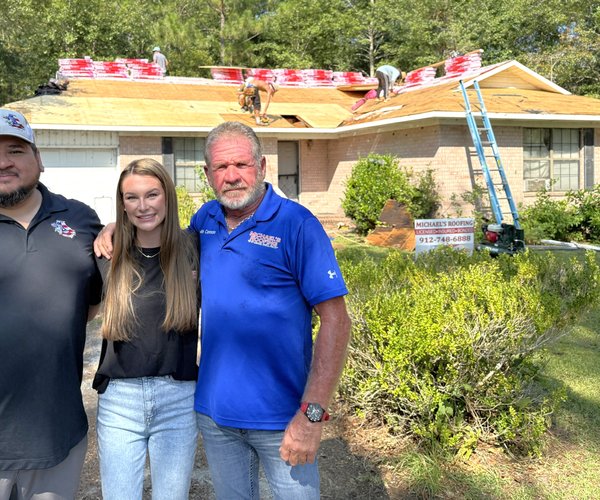BRUNSWICK—Georgia resource managers, coastal scientists from diverse institutions and Georgia Sea Grant staff at the University of Georgia are working to coordinate a response to potential drought impacts along the Georgia coast.
Despite the recent rain, the National Drought Mitigation Center reported Monday that the majority of the state remains in extreme drought. Many of Georgia’s rivers and streams also are seeing record low flows. The Georgia Forestry Commission has given much of the state a fire danger rating of high to extreme.
The dry conditions can dramatically affect Georgia’s coastline, and that’s why the group is developing a monitoring plan. Their goals are to identify where marsh dieback might be occurring, whether the lack of rain and exceptionally low river flow are distressing vulnerable populations of coastal plants and animals and how to track other prospective drought effects on the coast.
The research is being headed by the Georgia Department of Natural Resources Coastal Resources Division, Georgia Sea Grant, UGA, Skidaway Institute of Oceanography, Sapelo National Estuarine Research Reserve, Savannah State University, Georgia Institute of Technology and Georgia Southern University.
In early September, 150 of Georgia’s 159 counties were designated as federal agriculture disaster areas due to the ongoing drought and excessive heat. Looking forward, the National Weather Service predicts a strengthening La Niña weather pattern will remain throughout the winter. Drought and low river flow may continue for another six to nine months.
The groups are asking those who see signs of marsh dieback to photograph it and send images to DNR-CRD’s Jan Mackinnon at Jan.Mackinnon@dnr.state.ga.us, or contact Mackinnon at (912) 264-7218.








